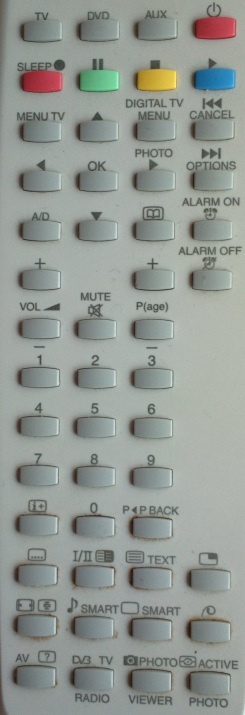There is often a huge gulf between the way in which a product was intended to be used and the way it actually is. Product designers need to experience first-hand how their creations work in the real world if they are to improve future designs.
If a consumer product doesn’t work well, it is likely to become the subject of online reviews, and any feedback will eventually find its way back to the designers one way or another. At the very least, the consumer experience is likely to (negatively) affect the prospects of repurchase. But for products or experiences which are not so obviously linked to consumer purchase, there are likely to be fewer repercussions. Who really cares if it doesn’t work?










